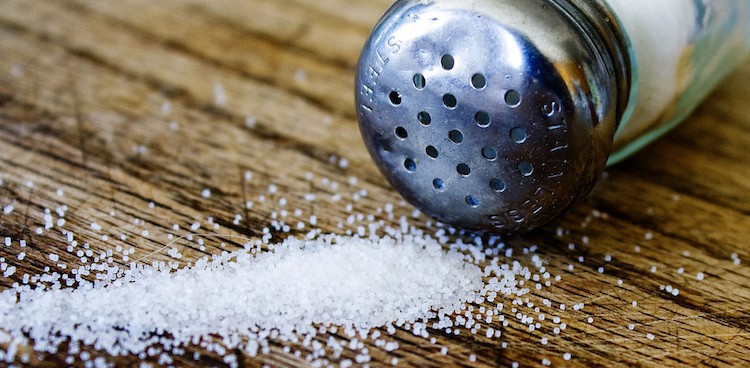
Cheeses to watch out for, in terms of high sodium content, include aged cheeses like Parmigiano Reggiano and gouda. Blue cheese can also be especially high in sodium, though it’s worth noting that Stilton contains only about half as much sodium as other blue cheeses.
If you’re wondering why salt is essential to cheesemaking, it’s not just for flavor enhancement. Salt also serves a very important function in the cheesemaking process by acting as a preservative to restrict the growth of harmful bacteria that could spoil and destroy the cheese during aging. In addition, salt acts as a sort of dehydrating agent, helping expel moisture in the finished curd. This reaction promotes the formation of cheese curds, which mark the beginning of every good cheese.
I think the main thing about eating cheese—whether you’re watching sodium or fats or calories—is to pick one that you really love, have a modest portion, and slowly savor every bite. Cheese is a wholesome, nutritious food that can be enjoyed by almost everyone. (Happiness is good for your health!)
Feature Photo Credit: jessalarennick via Compfight cc




